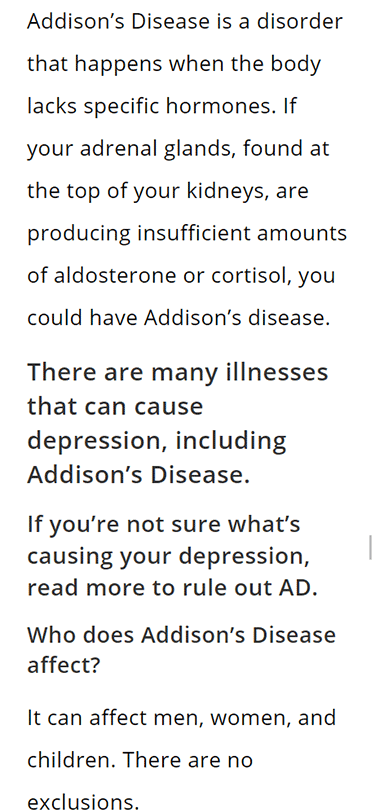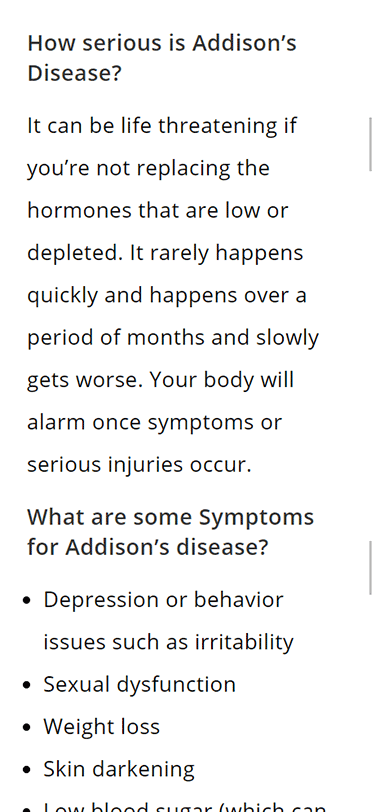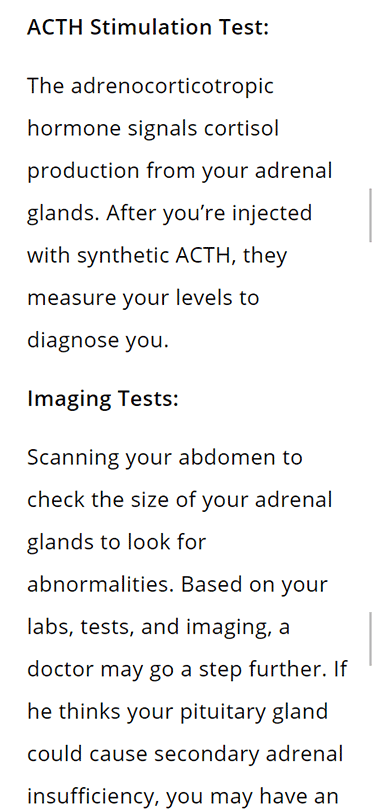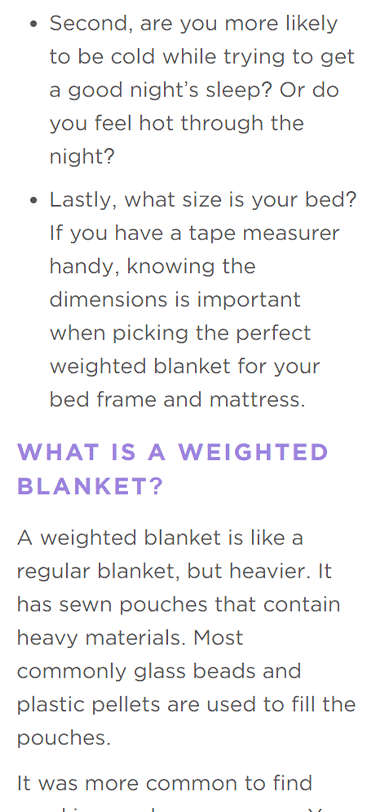SEO Copywriting Examples
Real Estate Copywriting










Health & Medical Copywriting










Product Copywriting










What Goes Into SEO Copywriting?
SEO copywriting is the art of creating content that appeals to both readers and search engines. By using the right keywords through keyword research and structuring the content in a way that is easy for search engines to understand, you can increase your visibility in search engine results pages (SERPs).
Here are some examples of SEO copywriting that can help you improve your website’s search rankings:
Title Tags and Meta Descriptions:
Title tags and meta descriptions are HTML tags that appear in search engine results pages. They are the first impression that users get of your website, so it’s important to make them count. Your title tag should be concise and include your main keyword. Your meta description should be compelling and encourage users to click through to your website.
For example, if you run a catering business, your title tag could be “Catering Services | Delicious Food for Any Occasion” and your meta description could be “From weddings to corporate events, our catering services are sure to impress. Contact us today to plan your menu!”
Headlines and Subheadings:
Headlines and subheadings break up your content into manageable sections and make it easier for readers to skim through. They also help search engines understand the structure of your content. When creating headlines and subheadings, be sure to include your main keyword and make them as descriptive as possible.
For example, if you run a blog about personal finance, your headline could be “10 Money-Saving Tips for Millennials” and your subheadings could be “Cutting Your Housing Costs,” “Maximizing Your Retirement Savings,” and “Earning More Money on the Side.”
Internal Linking:
Internal linking refers to the practice of linking to other pages on your website within your content. This helps search engines understand the hierarchy of your website and can also keep users on your site for longer. When creating internal links, be sure to use descriptive anchor text and link to relevant pages.
For example, if you run a website that sells pet supplies, you could link to your “Dog Food” page within an article about the benefits of a raw food diet for dogs.
Keyword Optimization:
Keyword optimization involves using the right keywords in your content to make it more visible in search engine results pages.
However, it’s important to use keywords in a natural way that doesn’t detract from the readability of your content. Keyword stuffing, or the practice of using keywords excessively, can actually hurt your search rankings. Instead, aim to use your main keyword in your title tag, meta description, headlines, subheadings, and throughout your content in a way that feels natural.
Image Optimization:
Image optimization involves using descriptive file names and alt text for your images. This helps search engines understand the content of your images and can also help your images appear in image search results pages.
For example, if you have an image of a dog on your website, your file name could be “golden-retriever.jpg” and your alt text could be “golden retriever sitting in a field.”
In conclusion, SEO copywriting is an important aspect of digital marketing that can help you improve your website’s visibility in search engine results pages.
By using title tags and meta descriptions, headlines and subheadings, internal linking, keyword optimization, and image optimization, you can create content that is both appealing to readers and search engines.
Remember to always prioritize the user experience and create content that provides value to your audience. Do you need some copywriting done?

